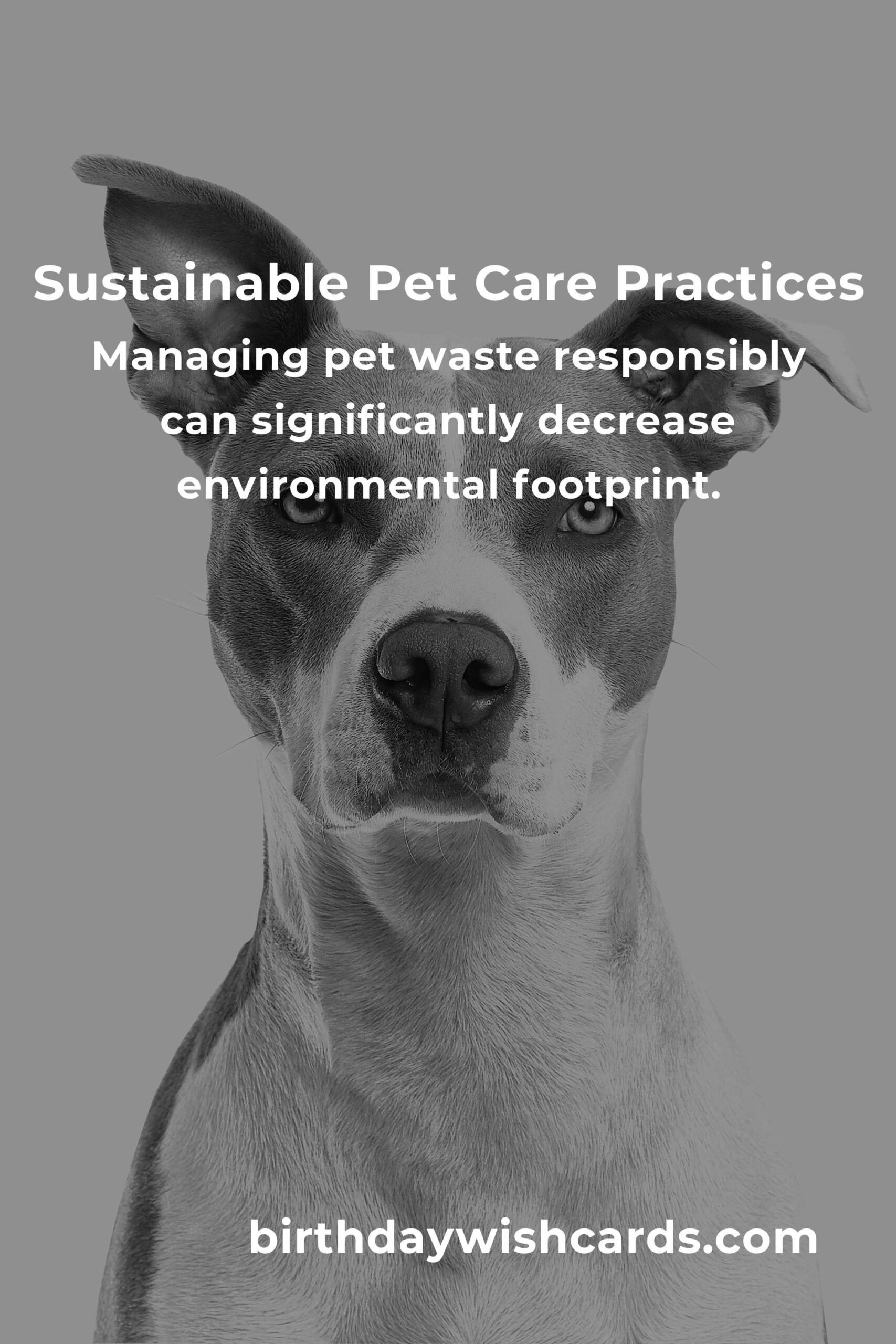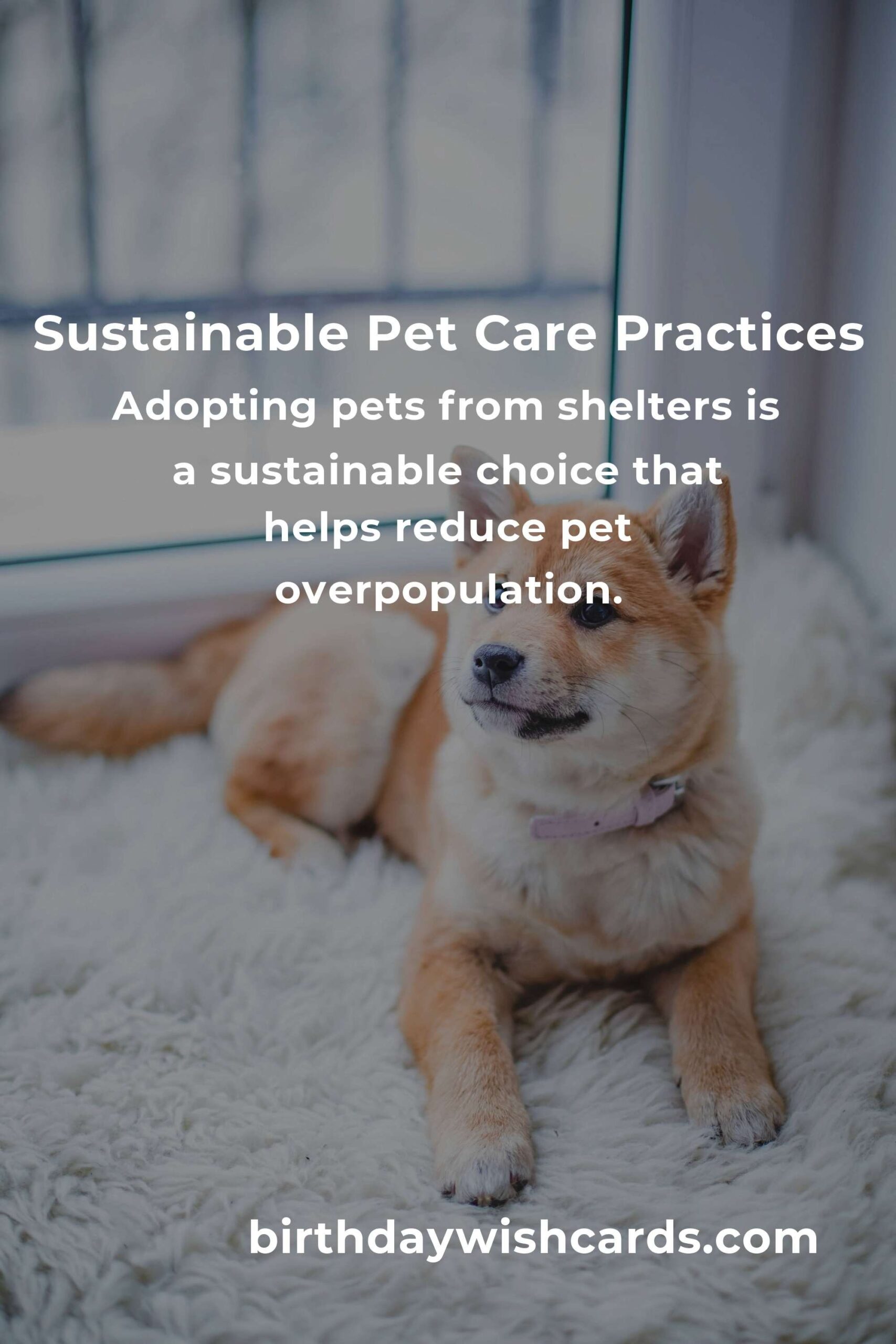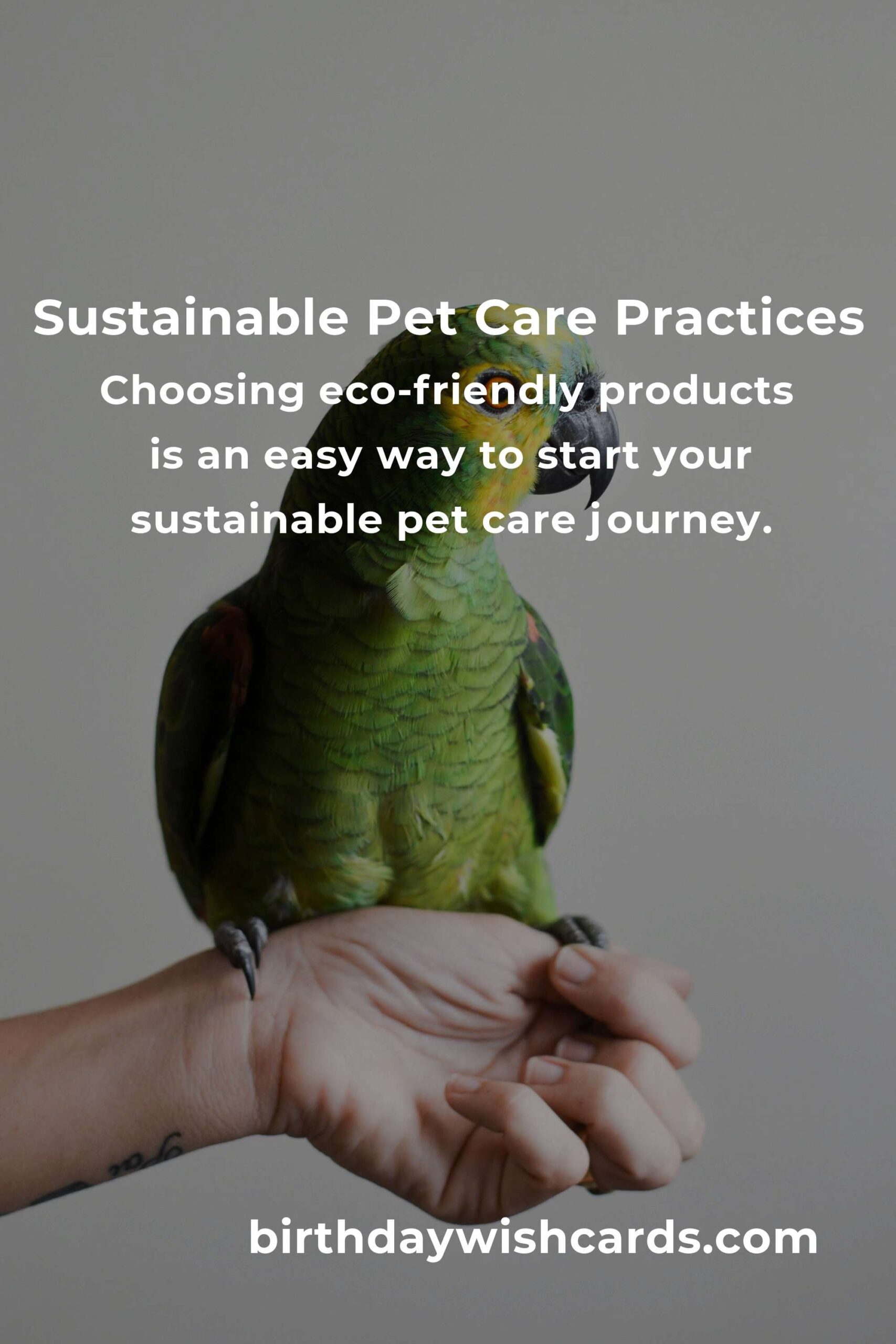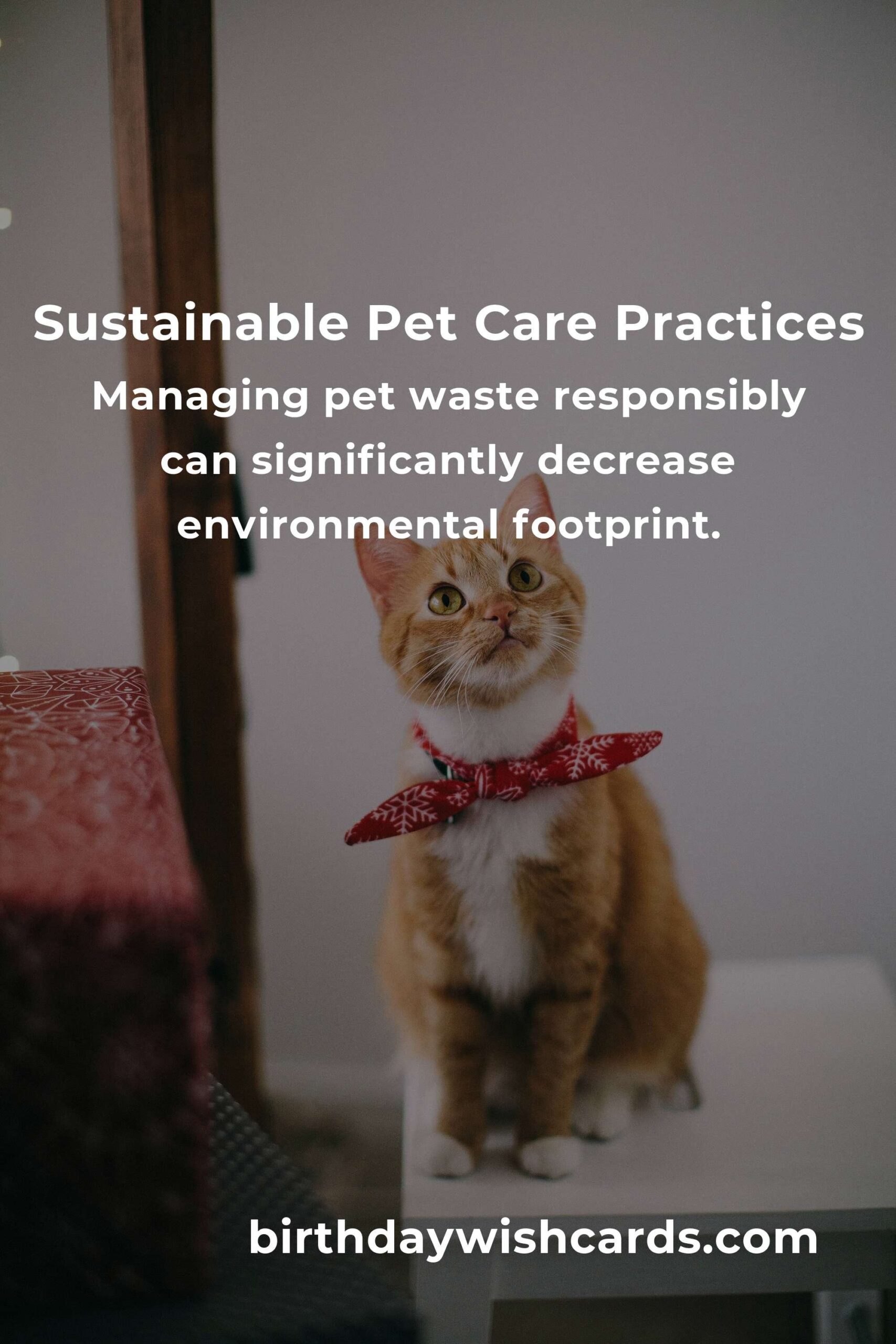
Embracing sustainability is not just a trend but a necessity, and this extends to how we care for our furry companions. Sustainable pet care involves making choices that are environmentally friendly, reduce waste, and promote the health and well-being of pets. In this guide, we explore various aspects of sustainable pet care and provide actionable tips for beginners looking to make a positive impact.
Why Sustainable Pet Care Matters
As pet owners, we are responsible for the carbon footprint associated with pet care. From food production to waste management, the choices we make can significantly affect the environment. By adopting sustainable practices, we can minimize environmental impact while ensuring our pets lead happy and healthy lives.
Choosing Eco-Friendly Pet Products
One of the easiest ways to start your sustainable pet care journey is by selecting eco-friendly products. Look for biodegradable toys, beds made from recycled materials, and grooming products that are free from harmful chemicals. Opt for brands that prioritize sustainability in their manufacturing processes.
Sustainable Pet Food Options
Pet food production impacts the environment through resource-intensive processes. Choosing sustainable pet food means considering factors such as ingredient sourcing, packaging, and production methods. Look for brands that use organic ingredients, offer plant-based options, or focus on sustainable animal farming practices.
Managing Pet Waste Responsibly
Pet waste contributes to landfill mass, but there are ways to manage it sustainably. Consider using biodegradable poop bags and explore options for composting pet waste. Some communities have facilities that process pet waste into energy or fertilizer, reducing its environmental impact.
Reduce, Reuse, Recycle in Pet Care
Apply the principles of reduce, reuse, and recycle in pet care. Reduce consumption by buying only necessary products. Reuse items by donating gently used pet supplies to shelters. Recycle pet product packaging whenever possible to decrease landfill contributions.
Adopt, Don’t Shop
Adopting pets from shelters and rescue organizations is a sustainable choice that also helps reduce pet overpopulation. By adopting, you give a homeless pet a second chance and discourage the demand for breeding practices that may not prioritize animal welfare or environmental concerns.
Contribute to a Greener Future
Participate in or support initiatives that promote sustainable practices within the pet care industry. This can include volunteering for local environmental groups, participating in clean-up events, or supporting legislation that encourages sustainable practices.
Conclusion
Transitioning to sustainable pet care may seem daunting at first, but small changes can lead to significant impacts. By making informed choices, you can ensure that your pet care routine supports both your pet’s well-being and the health of our planet. Embrace the journey toward sustainability and inspire others to follow suit.
Sustainable pet care involves making choices that are environmentally friendly and promote the health of pets. Choosing eco-friendly products is an easy way to start your sustainable pet care journey. Consider sustainable pet food options to reduce environmental impact. Managing pet waste responsibly can significantly decrease environmental footprint. Adopting pets from shelters is a sustainable choice that helps reduce pet overpopulation.
#SustainablePetCare #EcoFriendlyPets #GreenLiving #PetAdoption












